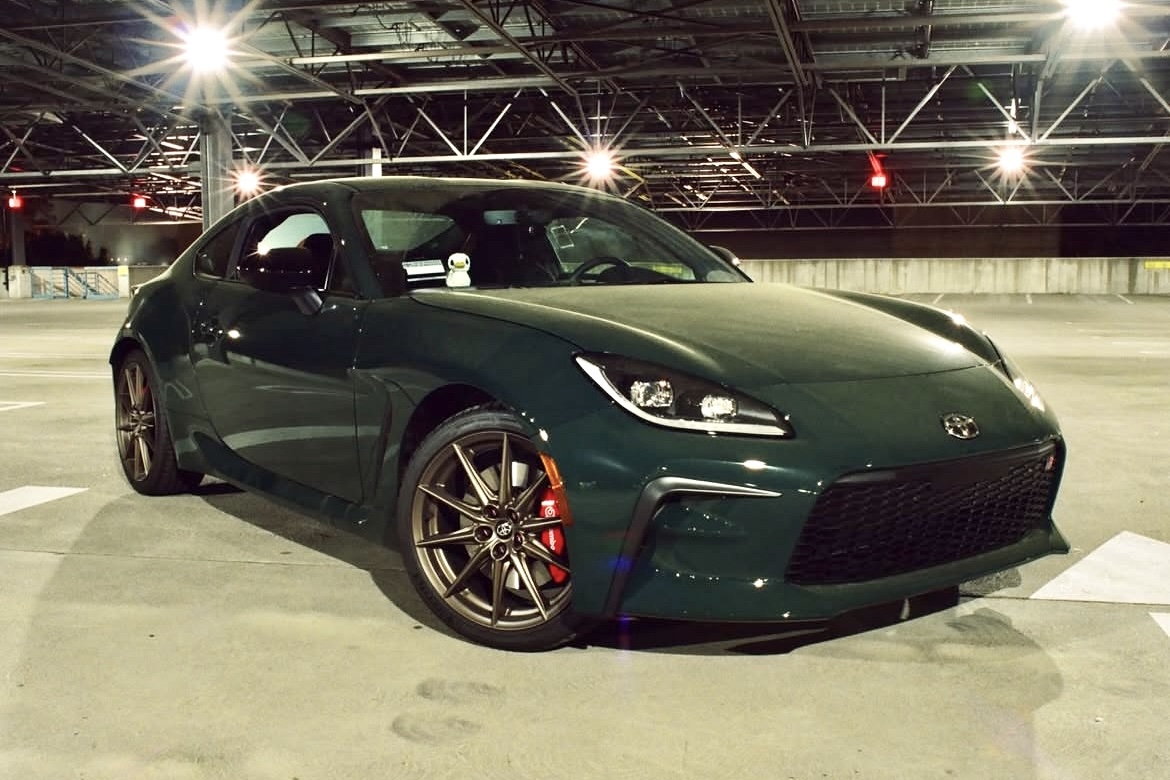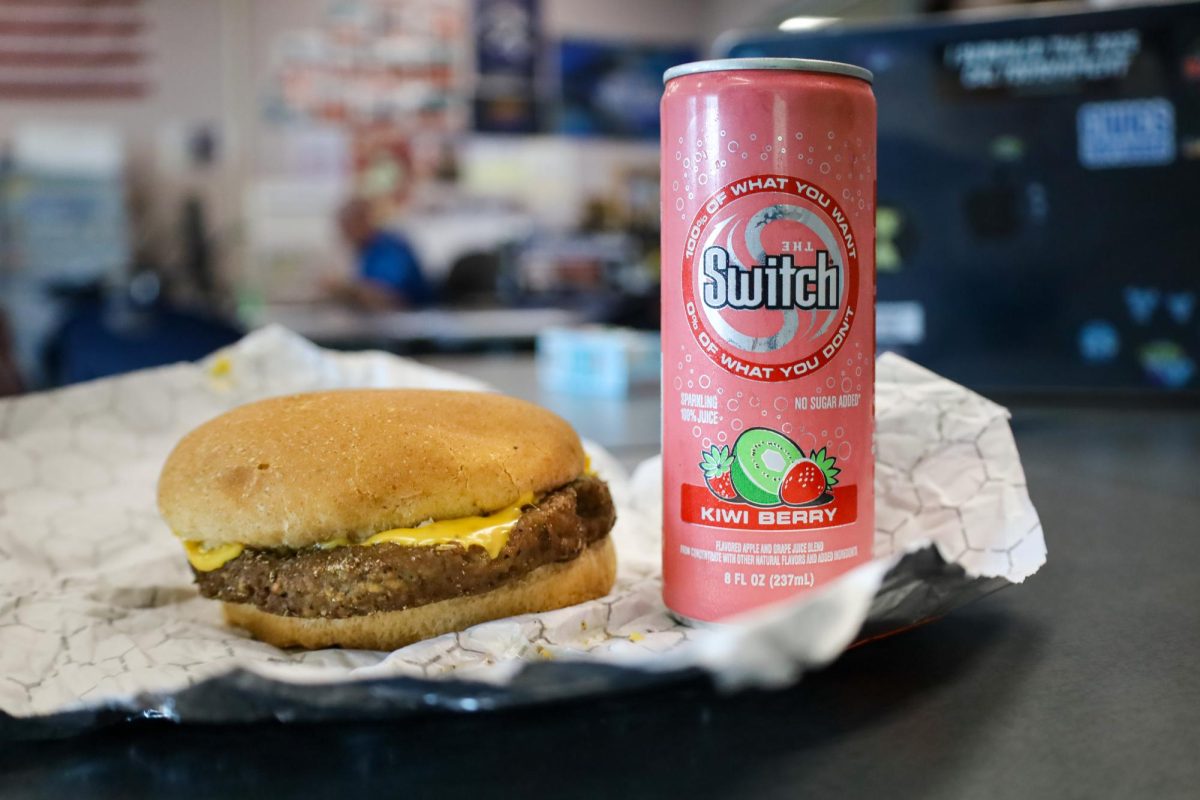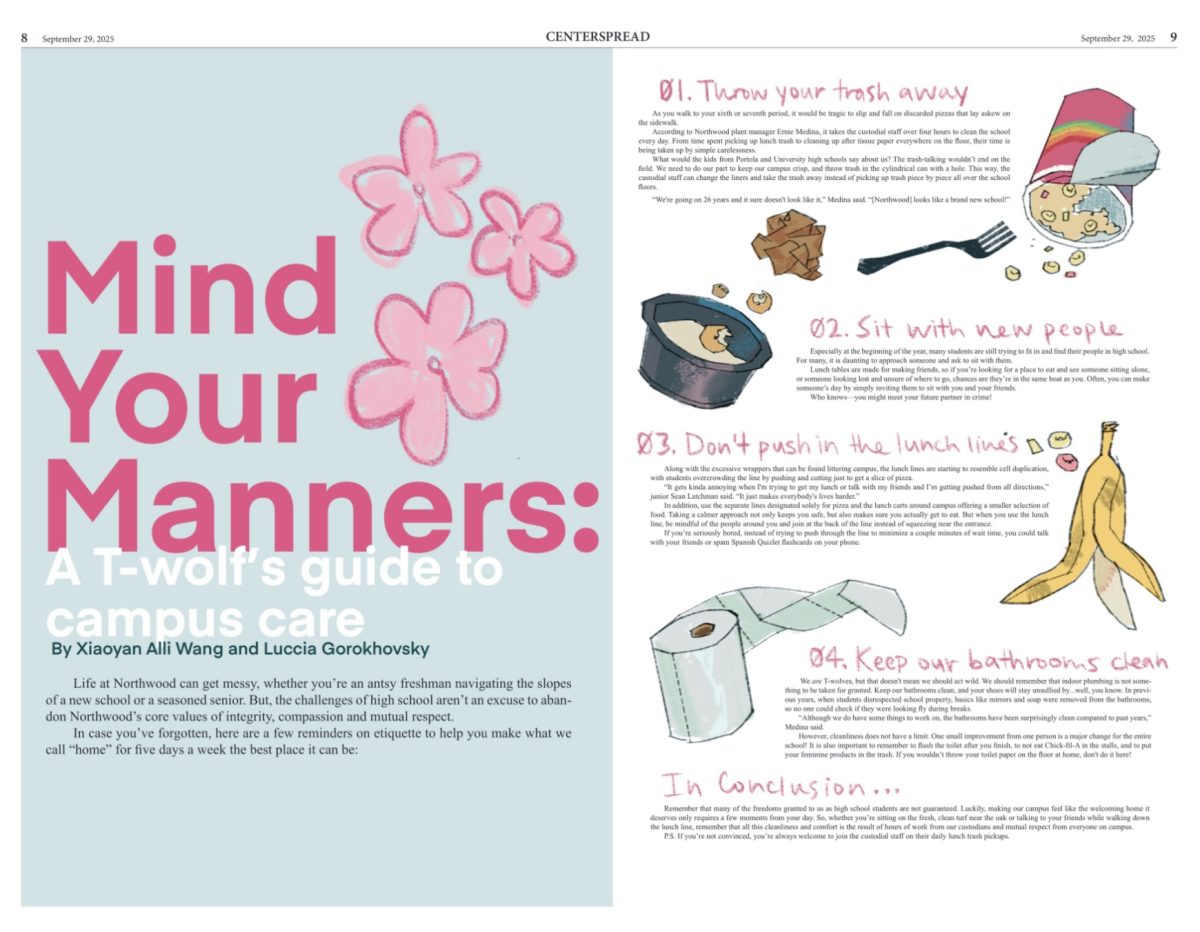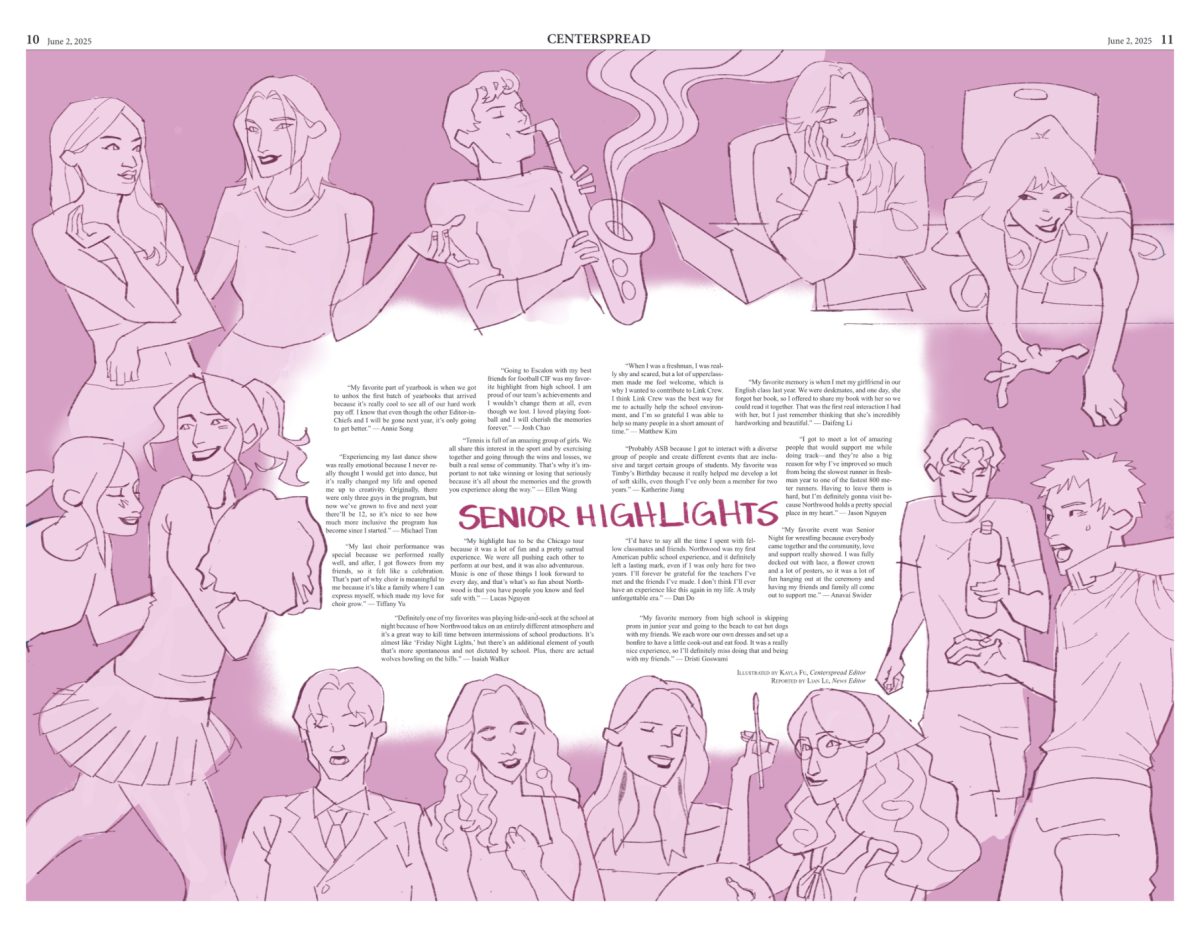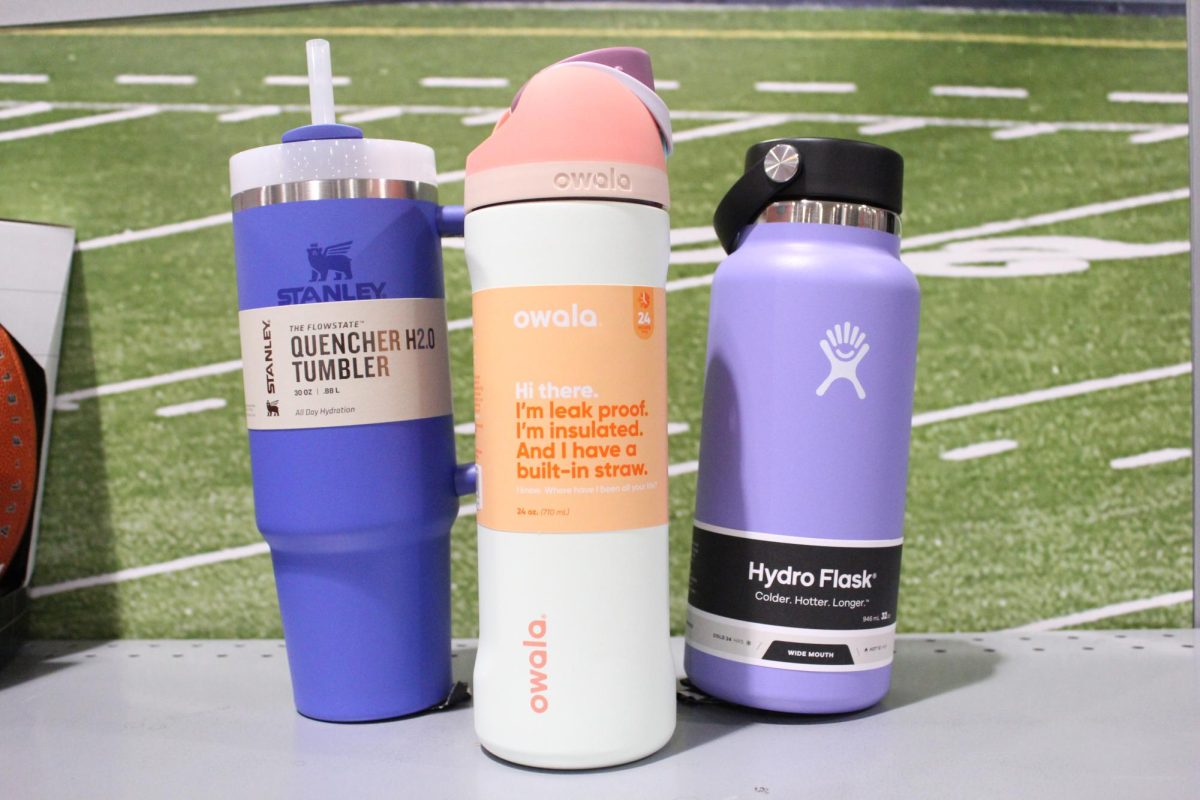Introducing the hottest new fashion accessory: water bottles. From the “VSCO girl” Hydro Flask to the “clean girl” Stanley cup, color and design now trump sustainability and functionality when it comes to purchasing the new trending bottle.
The sudden popularity of the Stanley cup has only exacerbated the trend of mass consumption and fast fashion; the original purpose of reusable water bottles has been long forgotten. Water bottles are falling into the endless consumerist cycle of quickly trending, being de-influenced, then being discarded to the wayside.
“I honestly think Stanleys are just popular because they are trendy and not because they are functional,” senior Anita Smith said. “They spill really easily and there is no real way to close it.”
As of late, the Stanley has been massively advertised on social media for its “cute look” regardless of its functionality. When an excess of reusable water bottles are thrown out in exchange for a trendier, new bottle, they wind up in the landfills. And because stainless steel is not biodegradable and can take up to 500 years to decompose, they end up harming the environment just as much as the disposable bottles they were meant to replace.
People have started purchasing multiple Stanleys of varying colors to match outfits, seasons or trends only to later move on from them to the next trending bottle. In 2019, it was the Hydro Flask that was popular due to its functionality and aesthetic, but like all trends, the water bottle quickly went out of style, with sales of the formerly popular bottle declining by nearly 8% in 2022.
“I’ve had my Hydro Flask for a few years now and it’s still pretty good,” junior Jacob Casillas said. “I don’t know why they aren’t as popular anymore.”
Many companies look to the trending bottles to make updates to their own products, trying to “replace” social media’s reigning favorite. The functionality of a bottle—size, straw and spill test—and the appearance of the bottle—handles, slickness and color variety—are often the important criteria that the public uses to determine the best bottles. Companies such as Hydro Flask have quickly modified their products to meet these criterias, creating competition for the next trendy bottle, continuing the cycle of fast fashion as one bottle goes out of style and is dumped while the next bottle is mass purchased.
“I got my Hydro Flask cup because it’s supposed to be leak proof and I’m super happy with it,” junior Jazzie Chee said. “I’m way too clumsy to have a Stanley because I’d spill water every day but this one offers everything a Stanley has and is also leakproof.”
Brands continue to develop their own versions of the trending Stanley that evolve on the original cup based on consumer feedback, and people continue to mass purchase in the hopes of finding the “perfect water bottle.” This has caused the originally eco-friendly solution to plastic waste to become a victim of fast fashion.
The constant evolution of these bottles progresses their functionality, but voids their purpose. 156 plastic water bottles can be prevented from entering the ocean when sticking to just one reusable water bottle, but this intended positive environmental impact completely goes away when you essentially make the reusable water bottles disposable.
As new water bottle models such as the Owala gain traction on social media, it is important to remember the original purpose of reusable bottles and to not fall into the trap of consumerism and fast fashion.





